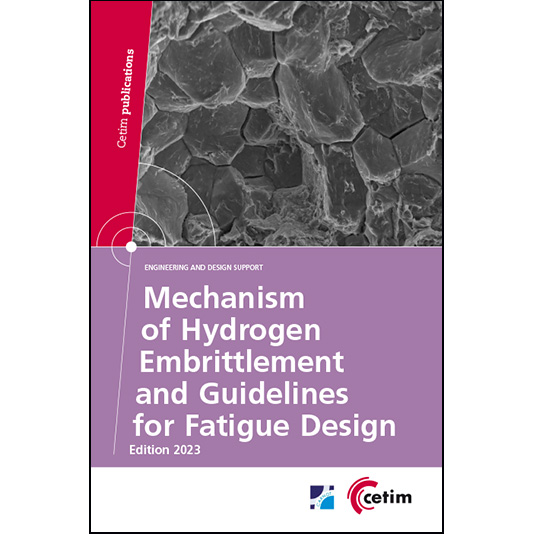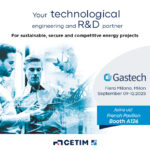After the publication of several guides on fatigue, Cetim publishes a book on the hydrogen embrittlement mechanism. A reference guide available in French and English versions.
With decades of experience in metal fatigue research and real-life failure analysis, Japanese researchers were convinced that gathering information and understanding the fatigue life in a “hydrogen” environment was essential for the design and manufacture of safe and economical components. The Japanese scientific community has translated this expertise into a book that has become a reference guide in the field.
The publication of the book Hydrogen Embrittlement Mechanism and Fatigue Study Guide is the result of the translation of this reference published in 2012 and produced by the authors Yukitaka Murakami, Saburo Matsuoka, Yoshiyuki Kondo and Shin Nishimura.
An action made possible thanks to one of these main authors, Professor Yukitaka Murakami, Professor Emeritus of Kyushu University and Honoris Causa of Insa in Lyon, first director of the Research Center for Industrial Use and Storage of Hydrogen (Hydrogenius) in Kyushu.
The two edited versions, French and English, are a faithful translation of the Japanese version so as not to betray the original spirit and provide a detailed description of hydrogen embrittlement, with numerous application cases and recommendations for fatigue design.
Contribute to the transfer of knowledge on hydrogen
After publishing several guides on fatigue dedicated to the mechanical sector, Cetim intends today, through this book, to actively participate in the dissemination of this knowledge at the international level with regard to the global challenge of reducing greenhouse gas emissions. Hydrogen represents, in this respect, a promising solution for industrial processes, transport or energy production in the face of current energy and ecological challenges.
To do this, it must be stored and transported in liquid or gaseous form in pressure vessels, reactors, pipelines, etc. However, hydrogen can weaken the materials in contact with it. A better understanding of the mechanisms of hydrogen embrittlement is therefore essential to significantly reduce the environmental impact of vehicles and thus CO2 emissions.
In this field of materials characterization, fatigue properties are particularly important for safety assessment in the design and manufacture of hydrogen components, compared to other strength properties. As a result, researchers around the world have been working on hydrogen embrittlement mechanisms and their relationship to fatigue behavior.
This action of contribution to the transfer of knowledge on hydrogen is carried out in coherence with the launch in 2022 of Cetim’s Strategic Research Program on hydrogen (Hymeet). Its ambition is to allow the mechanical industry to become a major contributor of the hydrogen value chain in response to tomorrow’s stakes on global warming, and to develop Cetim’s innovation and transfer capacities at the service of mechanics and their customers.
The book « Mechanism of Hydrogen Embrittlement and Guidelines for Fatigue Design » is now available at french editor Lavoisier, ref. 2C28 (www.Lavoisier.fr)




